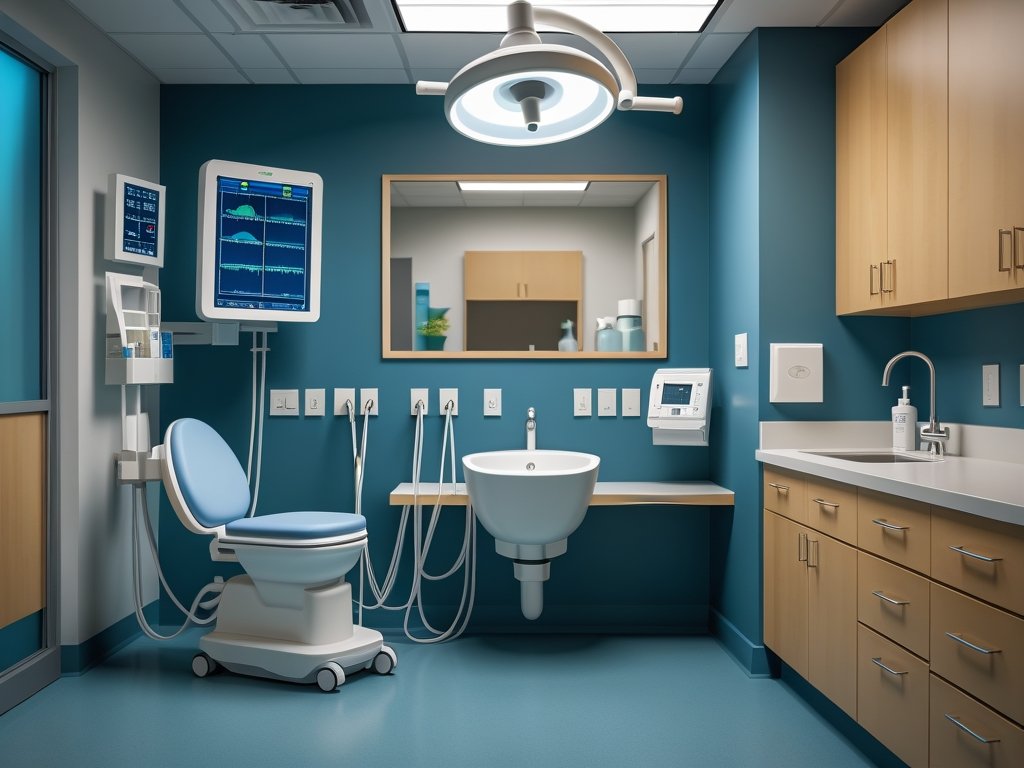The morning sets the stage for the entire day. How we begin – whether rushed, stressed, or calm and collected – often dictates our mood, productivity, and even overall well-being. Many focus on optimizing breakfast, exercise routines, or work preparation, but a surprisingly impactful element frequently overlooked is consistent voiding. It’s not glamorous, it’s certainly not trending on social media, but building predictable voiding into your morning plan can be a simple yet powerful step toward a more comfortable and productive day. This isn’t about arbitrary rules; it’s about understanding our bodies, respecting natural rhythms, and proactively addressing a fundamental physiological need.
Ignoring or haphazardly managing this basic function can lead to unnecessary stress, discomfort, and even disruptions to daily life. Think about the feeling of needing to urgently find a restroom mid-meeting, during your commute, or while engaged in an important task. These unexpected interruptions are preventable with a little forethought and planning. A consistent voiding routine isn’t just about convenience; it’s about taking control of your morning experience and setting yourself up for success from the moment you wake up. It’s about minimizing anxieties related to bladder function, promoting overall comfort, and optimizing your body’s natural processes.
The Science & Significance of Morning Voiding
The human body operates on circadian rhythms – internal biological clocks that regulate various physiological functions over a 24-hour cycle. These rhythms influence sleep-wake cycles, hormone release, body temperature, and even bladder function. During sleep, our bodies naturally conserve fluids, leading to increased urine production overnight. This is why most people experience an urgent need to void shortly after waking up. Recognizing this natural pattern and incorporating it into your morning routine isn’t fighting against your body; it’s working with it. Furthermore, delaying urination for extended periods can weaken bladder muscles over time and potentially contribute to issues like urinary urgency or incontinence. Prioritizing regular voiding helps maintain a healthy bladder. To learn more about incorporating this into your day, consider exploring supportive morning routines.
The benefits extend beyond just physical comfort. A feeling of “emptiness” – both literal and metaphorical – can be incredibly grounding. When we address basic needs first thing in the morning, it creates a sense of calm and control. This is particularly important for individuals prone to anxiety or those who experience high levels of stress. Starting the day with a completed task—even something as simple as voiding—can provide a small but significant psychological boost. It’s about establishing a foundation of self-care before tackling the demands of the day ahead.
Finally, consistent hydration is inextricably linked to healthy bladder function and overall well-being. A regular morning voiding routine encourages mindful fluid intake throughout the day – recognizing when your body needs replenishment rather than waiting until you’re already feeling dehydrated. It’s a subtle but powerful way to cultivate healthier habits. You can also explore optimal hydration techniques for further support.
Establishing Your Routine: A Step-by-Step Guide
Creating a predictable voiding routine doesn’t require drastic changes; it’s about incorporating small, consistent actions into your existing morning flow. Here’s how to begin:
- Wake up and avoid immediately jumping out of bed. Give yourself a few minutes to fully awaken. This allows your bladder to signal its needs more clearly.
- As part of your first conscious act, make voiding the very first thing you do. Before checking your phone, making coffee, or even stretching, head to the bathroom.
- Practice complete emptying. Take your time and ensure you’ve fully emptied your bladder. Don’t rush this process.
- Hydrate immediately after voiding. Drinking a glass of water first thing in the morning replenishes fluids lost overnight and sets the tone for consistent hydration throughout the day.
- Monitor and adjust. Pay attention to how your body responds. You may need to slightly modify your routine based on individual needs and preferences.
This isn’t about rigid adherence; it’s about establishing a consistent pattern. Life happens, and there will be times when you deviate from the routine. The goal is not perfection but rather creating a habit that supports your overall well-being. Consistency over time yields the greatest benefits. Remember to listen to your body’s signals – if you feel the urge to void before or after your designated time, don’t ignore it.
Addressing Common Challenges & Obstacles
Many people face obstacles when trying to establish a new routine. Here are some common challenges and how to overcome them:
- Busy Mornings: If mornings are chaotic, prioritize voiding by adding it to your existing checklist. Treat it like any other essential task. Prepare the night before – lay out clothes, pack lunches, etc. – to streamline your morning process.
- Difficulty Waking Up: If you struggle to wake up promptly, consider setting a gentle alarm that gradually increases in volume or using a sunrise simulating alarm clock. Linking voiding with another habit (like drinking water) can also provide extra motivation.
- Travel & Disruption: When traveling, maintain the routine as much as possible. Utilize bathroom breaks during travel and prioritize immediate voiding upon arriving at your destination. Thinking ahead like this can be aided by prepping for disruptions.
It’s important to be patient with yourself. Building new habits takes time and effort. Don’t get discouraged if you slip up occasionally. Simply acknowledge it and recommit to the routine the next day. Self-compassion is key. Remember, this isn’t about imposing restrictions; it’s about creating a more comfortable and predictable experience.
Hydration & Its Role in Predictable Voiding
Hydration isn’t simply about drinking enough water; it’s about consistent hydration throughout the day. Dehydration can lead to concentrated urine, which can irritate the bladder and contribute to urgency or discomfort. Aim for a steady intake of fluids rather than large volumes at infrequent intervals. – Consider carrying a reusable water bottle as a visual reminder to sip regularly. – Track your fluid intake using a mobile app or simply noting it in a journal. – Be mindful of beverages that can dehydrate you, such as excessive caffeine or alcohol.
The type of fluids you consume also matters. Water is the ideal choice, but herbal teas and diluted fruit juices can contribute to hydration. Avoid sugary drinks, which offer minimal hydration benefits and can negatively impact overall health. – Finally, remember that individual hydration needs vary based on factors like activity level, climate, and overall health status. Listen to your body’s cues – thirst is a reliable indicator of dehydration – and adjust your fluid intake accordingly. A well-hydrated body supports healthy bladder function and contributes significantly to predictable voiding. It’s all interconnected. For more on this, you may find fluid timing strategies helpful.
To further support bladder wellness and build a sustainable routine, consider reading about hormonal urinary sync and how it impacts morning voiding habits. Understanding the interplay between your body’s natural rhythms can lead to a more comfortable and predictable experience. Also, explore training your body for even greater control.
Finally, if you’re looking to build a more holistic approach to urological health, consider exploring morning habits for kidney health as well.





















